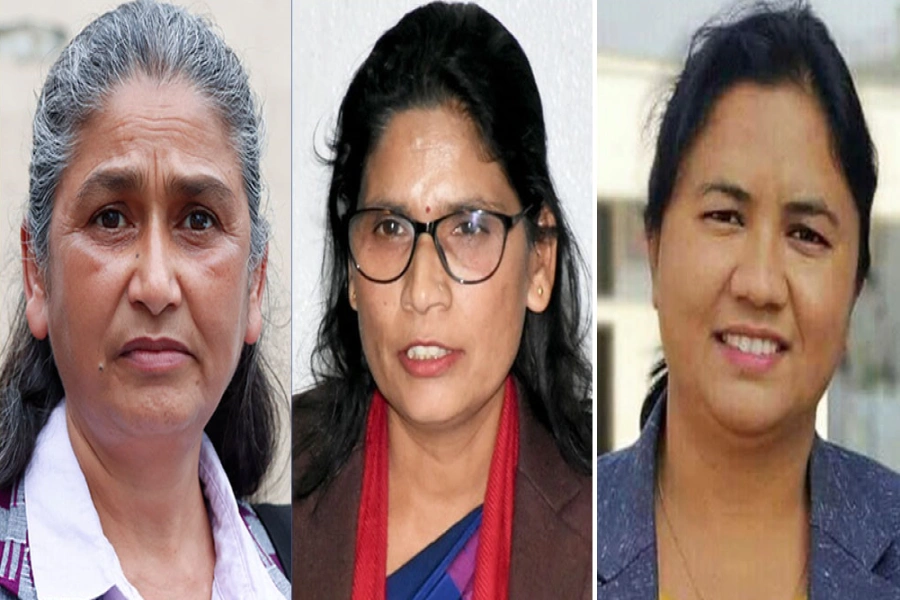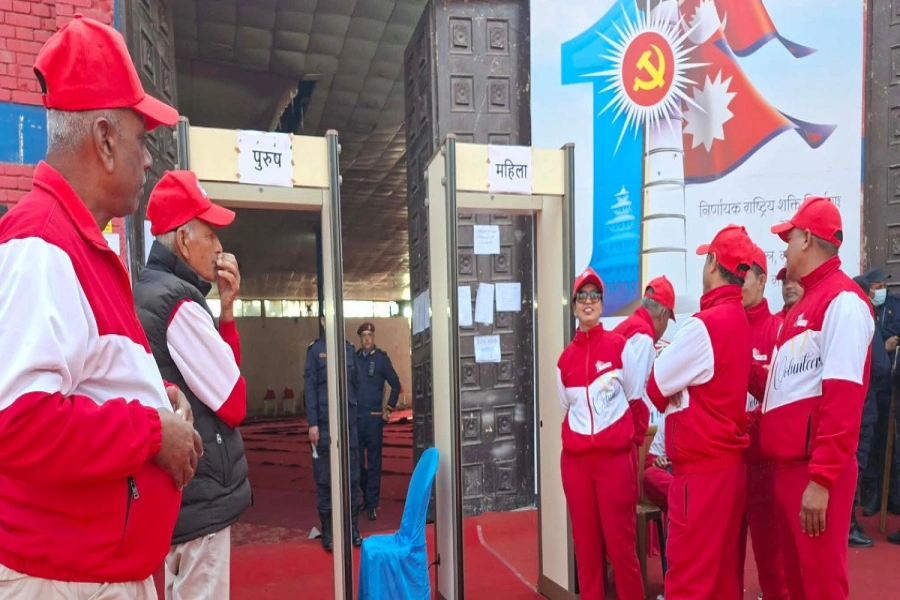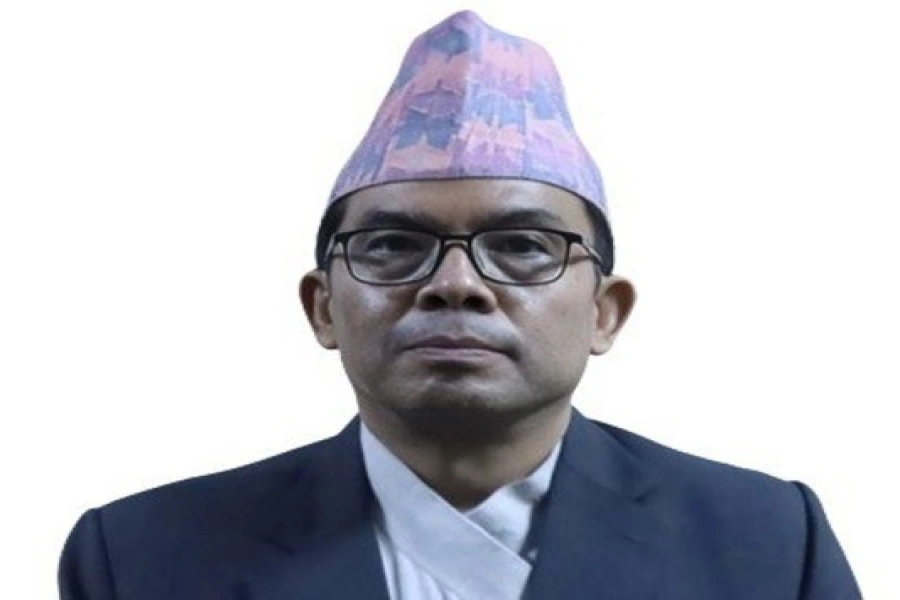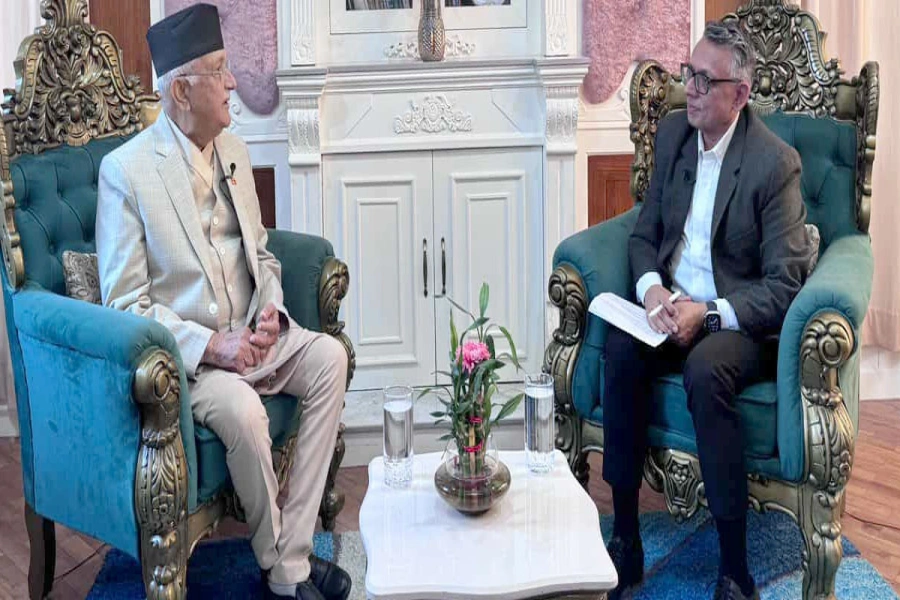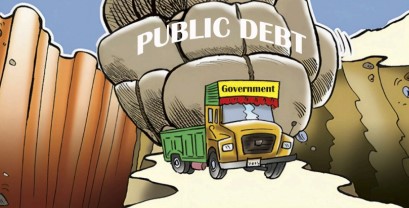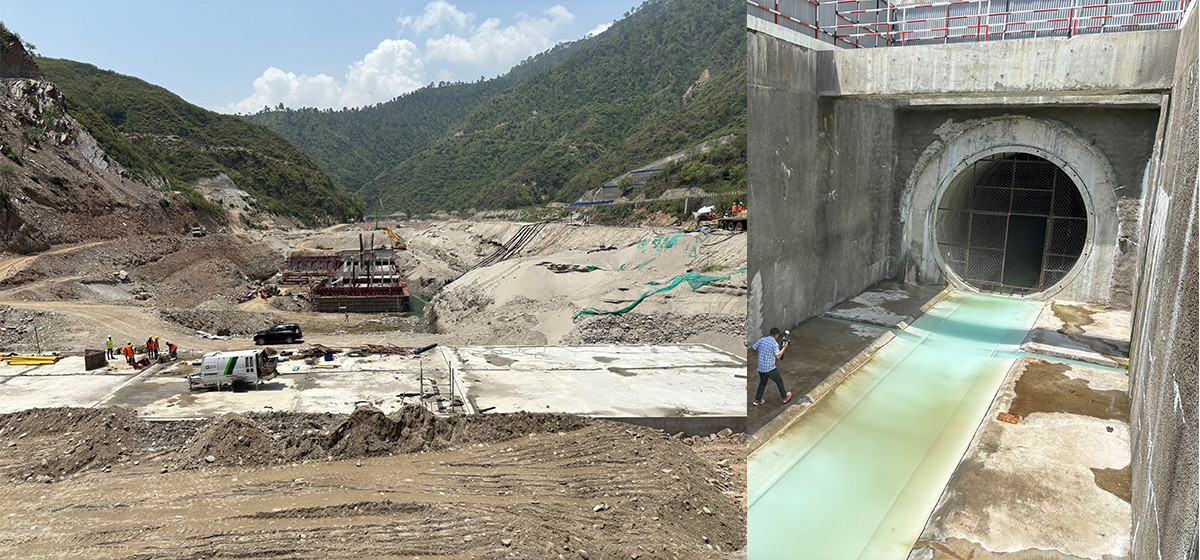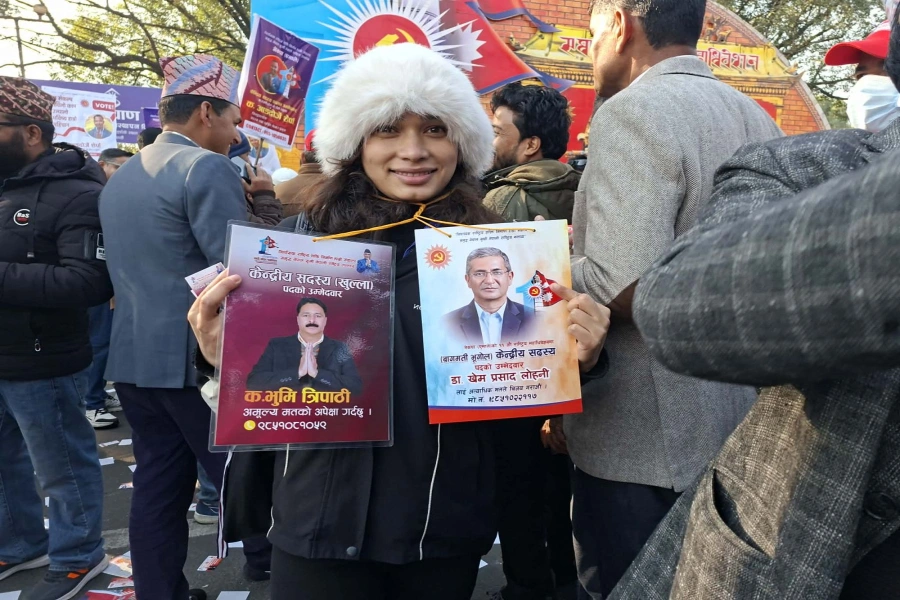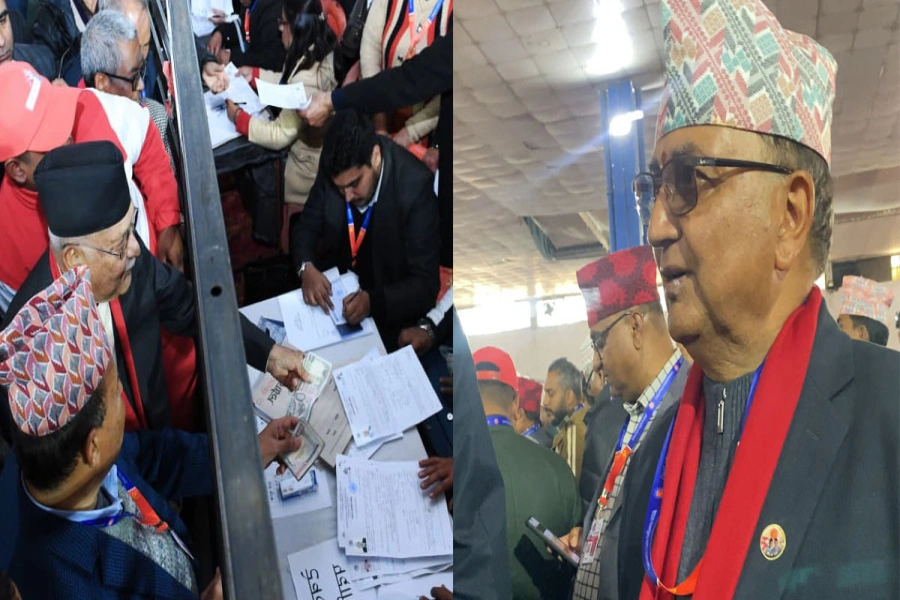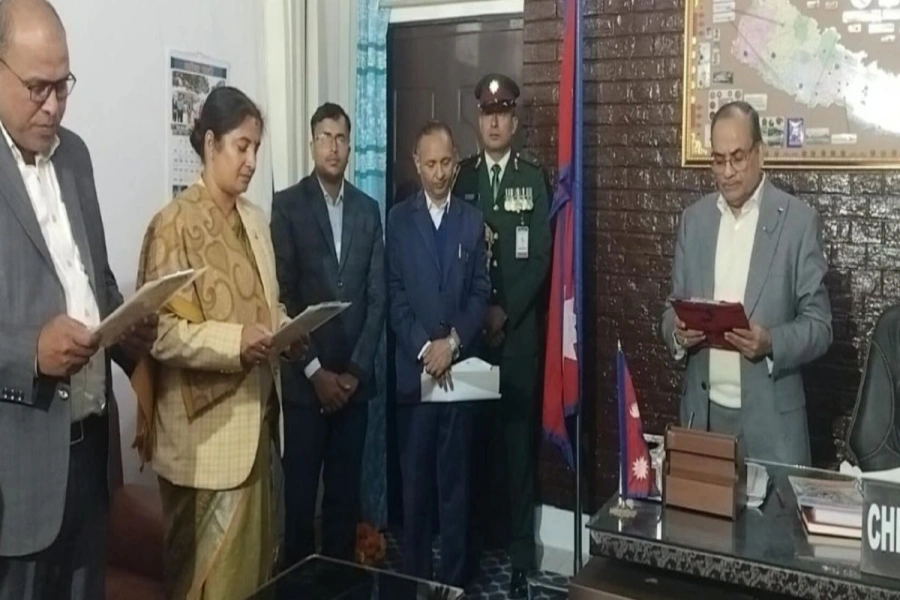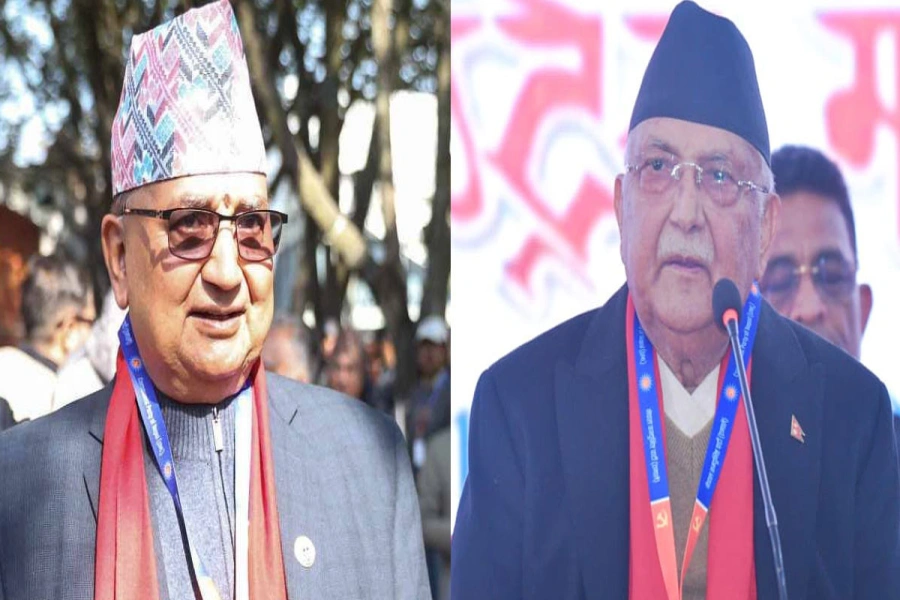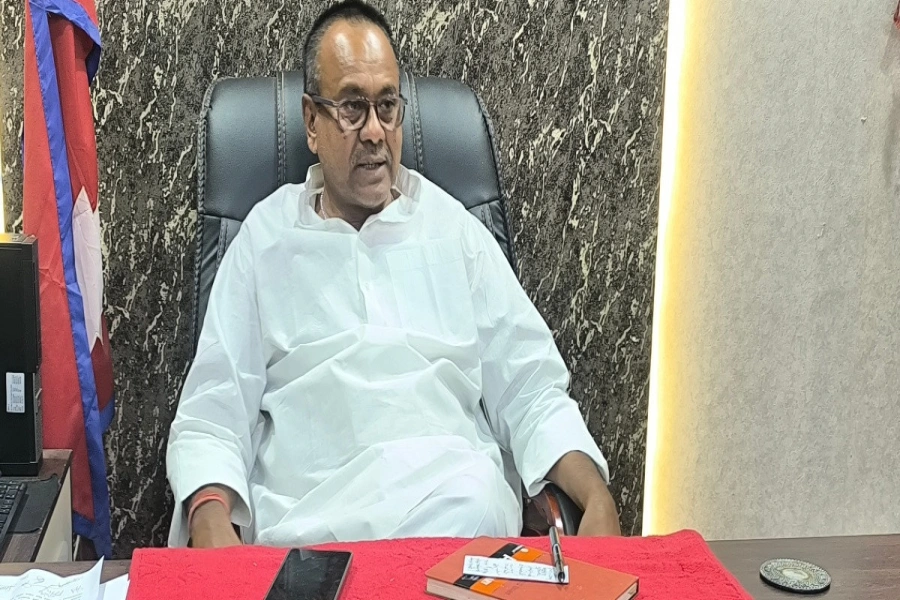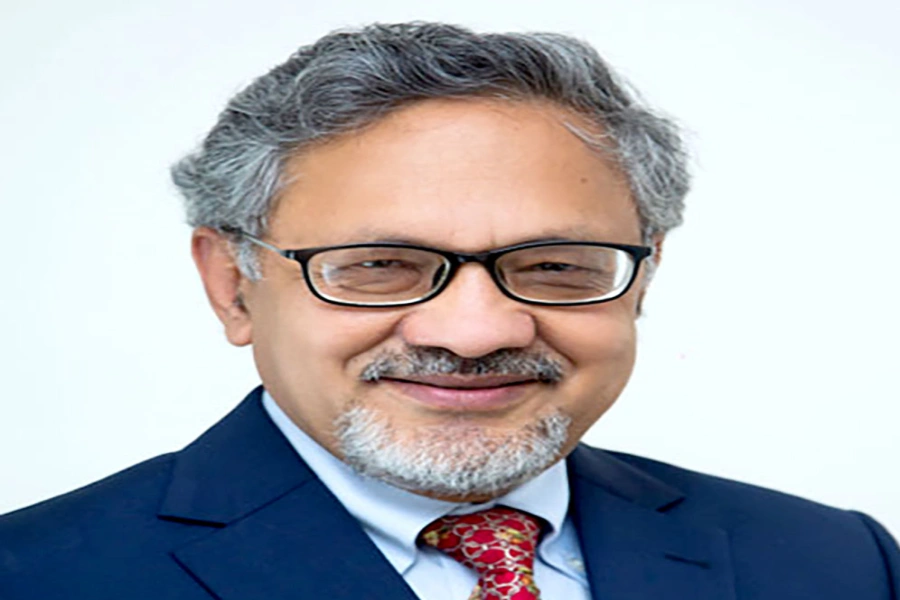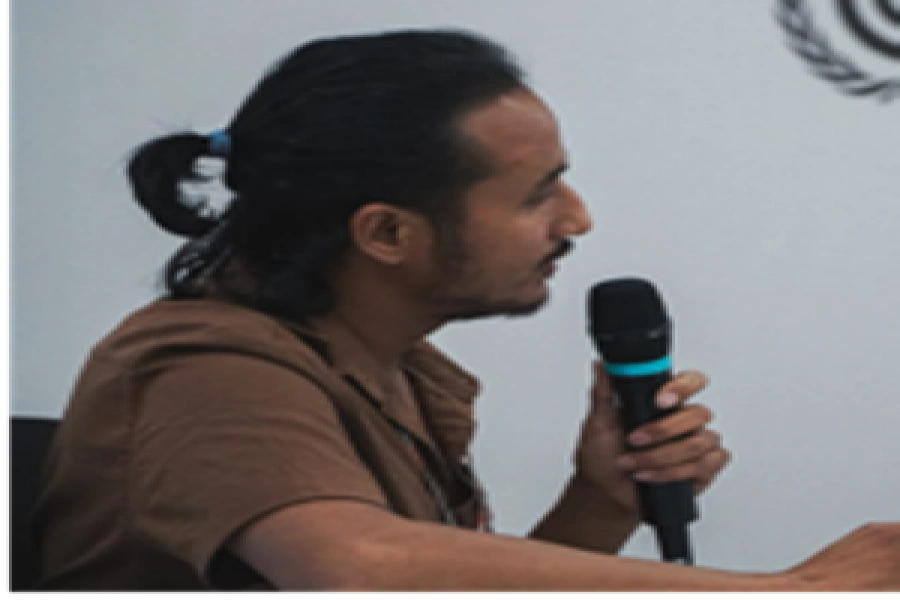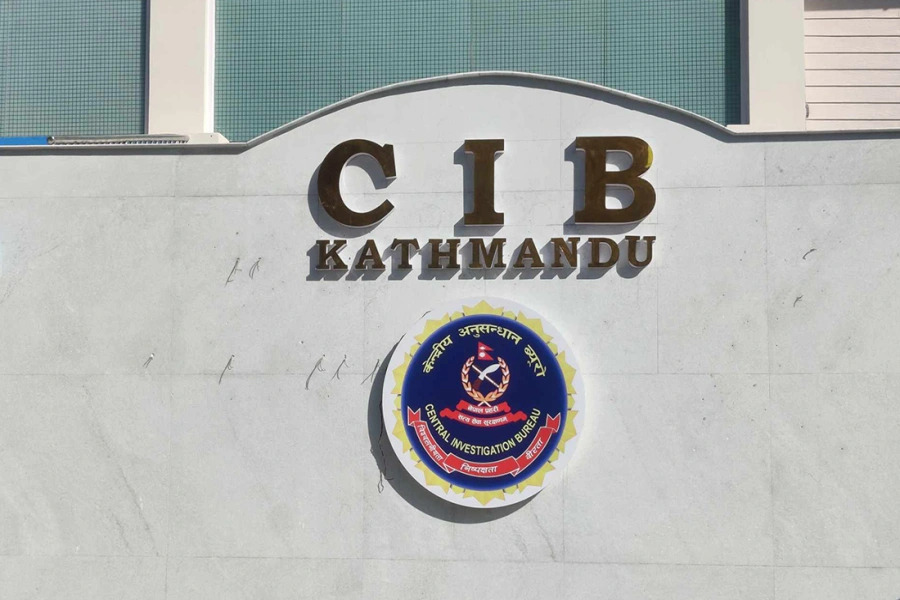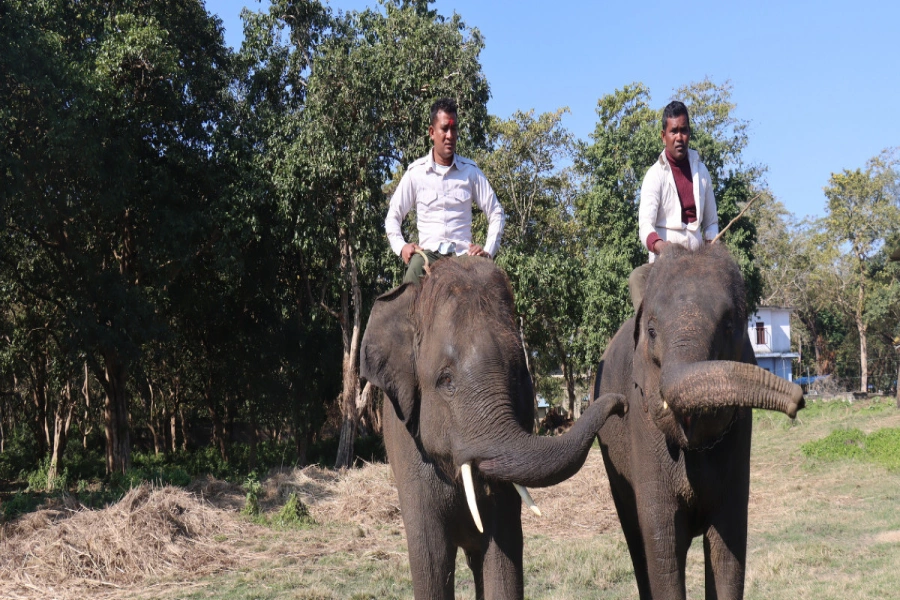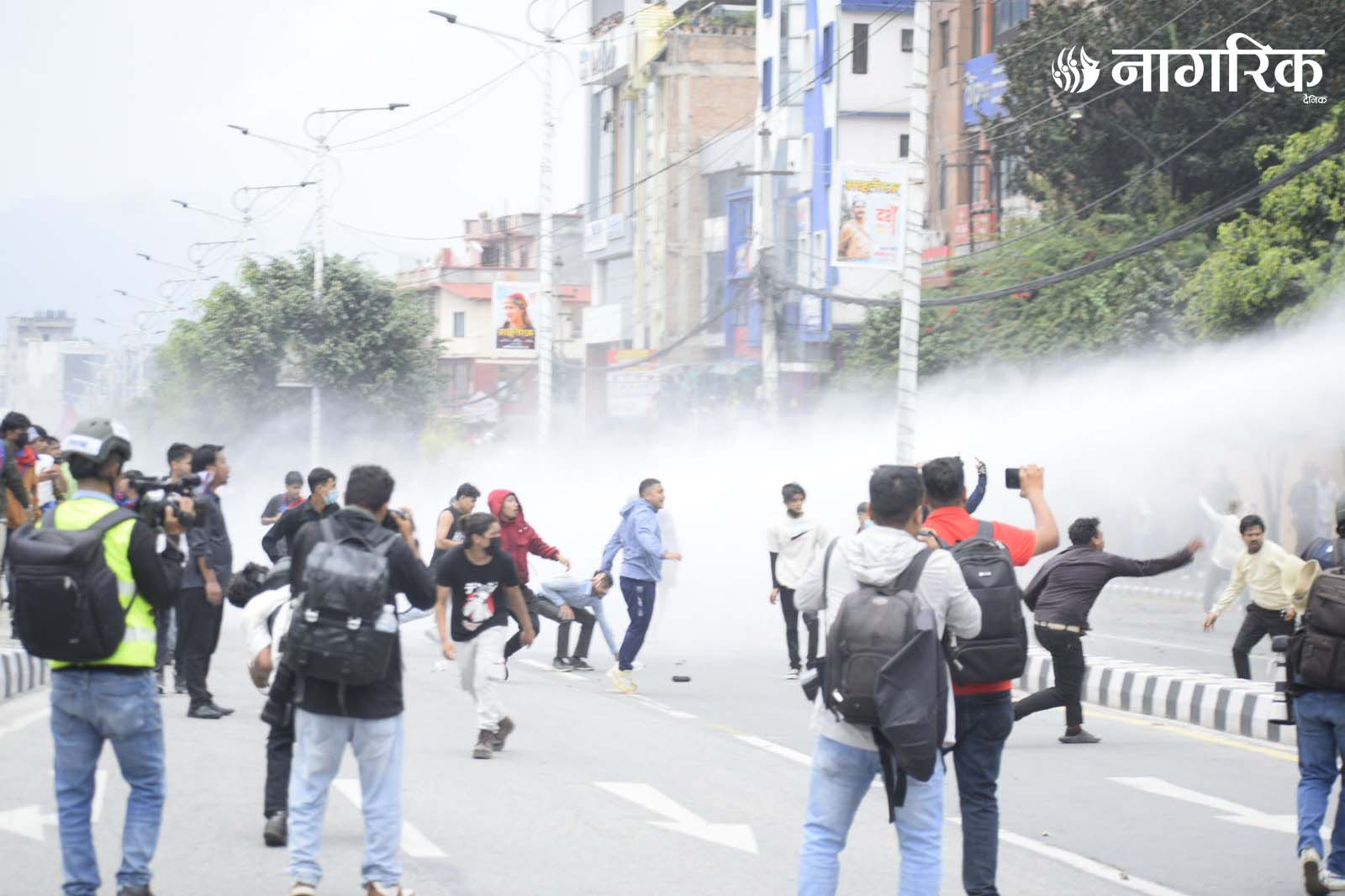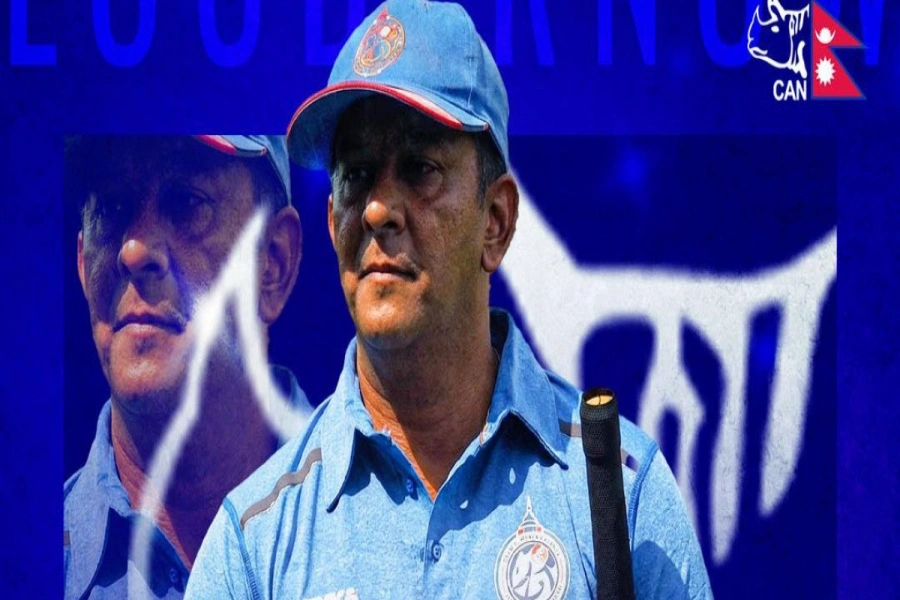KATHMANDU, May 21: The declining academic quality and unwelcoming environment in government schools have eroded trust among parents and students, causing over 50 per cent of community schools to experience a sharp drop in enrollment. As interest in government education fades, these institutions struggle to retain students.
The Ministry of Education, Science, and Technology reported that many community schools enrol fewer than 100 students. The country currently operates 27,500 community schools. Among them, 15,273 community schools enroll fewer than 100 students, said Nilkantha Dhakal, Deputy Secretary and Information Officer at the ministry.
Based on Dhakal's statement, 55.53 per cent of state-run community schools enrol fewer than 100 students. Government officials report that most of these schools with fewer than 100 students serve the basic education level. The Ministry of Education is currently studying and analyzing from various perspectives whether to continue operating these schools or close them.
Deputy Secretary Dhakal said that 9,704 schools have between 100 and 500 students, 1,636 schools have between 500 and 1,000 students, and 449 schools have between 1,000 and 1,500 students. Similarly, 136 schools enrol between 1,500 and 2,000 students, while only 100 schools have more than 2,000 students.
"More than 15,000 schools enrol fewer than 100 students, while only 100 schools enrol more than 2,000 students. This data indicates that parents are losing interest in government schools. This situation reflects the irony of public education," said Shivakumar Sapkota, deputy secretary and spokesperson of the Ministry.
Desperate search for missing girls as nearly 80 dead in Texas f...
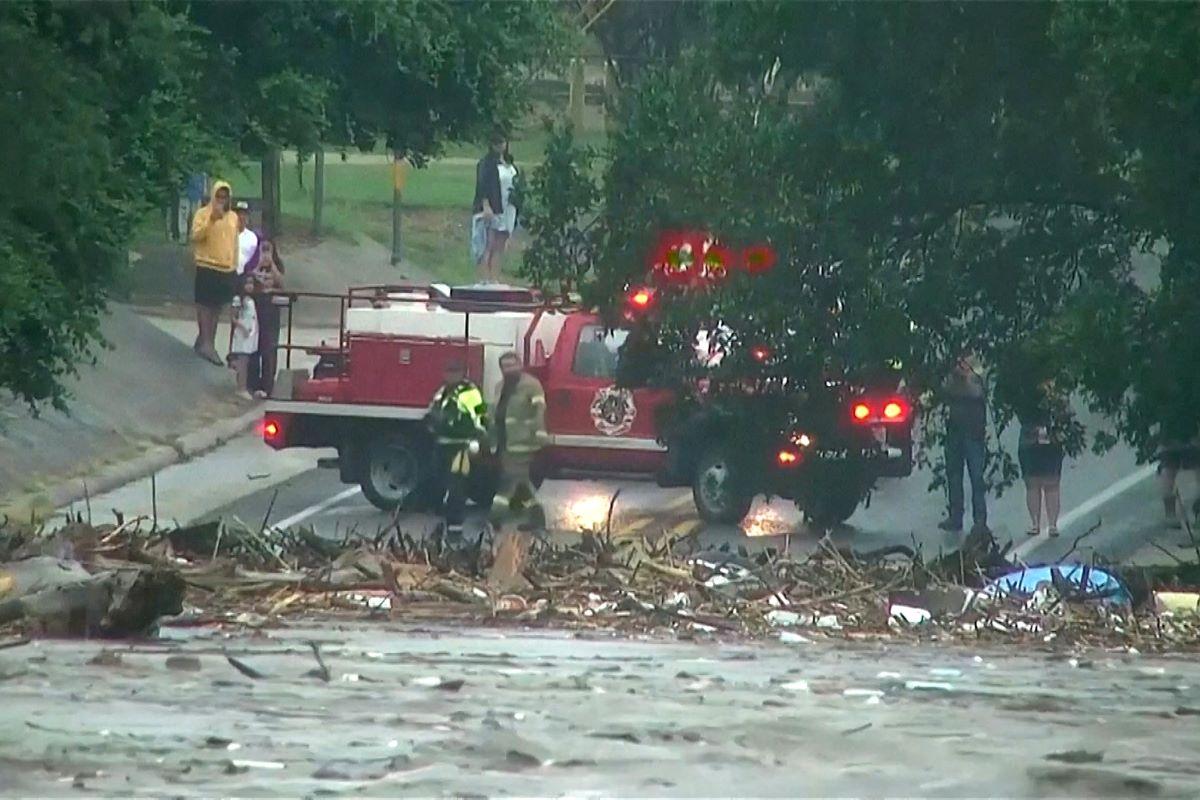
He explained that either the declining population or parents' reluctance to choose community schools causes this trend. He added, "Parents may have started selecting schools, and community schools may no longer attract them." Although the government allocates a large portion of its budget to education, it acknowledges that community schools remain in poor condition. "That's why the Ministry of Education is planning to restructure schools across the country," he said.
Sapkota also said the ministry is conducting extensive studies to decide which policies to implement for schools with low enrollment.
He said, "The ministry is extensively studying whether to keep or close the 55 per cent of schools that have fewer than 100 students. If they decide to keep them, they are determining how and for what purpose; if not, they are planning what to do with the buildings. The ministry will finalize the restructuring plan in next year's budget and policy program and then implement it."
The government invests nearly two trillion rupees annually in education. However, government schools still deliver an unsatisfactory academic quality. After the 2015 earthquake, governmental and non-governmental donor agencies collaborated to build well-equipped school buildings.
Bhakta Bahadur Godar, Director of the Education and Human Resource Development Centre, said that basic education accounts for 90 per cent of the 15,273 schools with fewer than 100 students. He added that most teacher positions also belong to the basic education level.
Basic education includes primary schools and lower secondary schools. Director Godar provided data showing that the government has approved and allocated 102,047 teacher positions at the primary school level and 25,833 teacher positions at the lower secondary school level.
There are 19,628 approved relief teacher positions at the secondary level (grades 9 and 10). Godar said the ministry has allocated only 6,000 teachers for grades 11 and 12 through relief and grants, while private sources fill the teacher shortage by hiring additional staff.
Hari Prasad Aryal, information officer and director at the Education and Human Resource Development Centre, explained that hilly and mountainous regions mostly host schools with fewer than 100 students. He noted that the Terai region has comparatively fewer such schools. Aryal said, "Most schools with fewer than 100 students offer classes up to grades 1-3, 1-5, or 1-8, and some also include secondary levels." He added, "We observe that populations in hilly and mountainous areas are moving towards the Terai and larger cities, which likely reduces student numbers in those schools. Another problem is that these schools lack a child-friendly environment. The government now needs to conduct extensive studies and develop new plans for these schools."
Heramba Raj Kandel, principal of Vishwa Niketan Secondary School in Tripureshwor, Kathmandu, said that the decline in student numbers in government schools results from their failure to improve academic quality and learning outcomes. "Villages used to need schools. Politicians competed to open schools in their areas," he said. "But they didn't base this competition on real need. Now, as villages are empty, student numbers are dropping in schools."
He added that schools have failed to transform themselves over time, making government investments like pouring water on sand. He urged the government to conduct studies and research to merge or close schools with low enrollment. He said the government should open necessary schools based on real needs in remote and rural areas.



